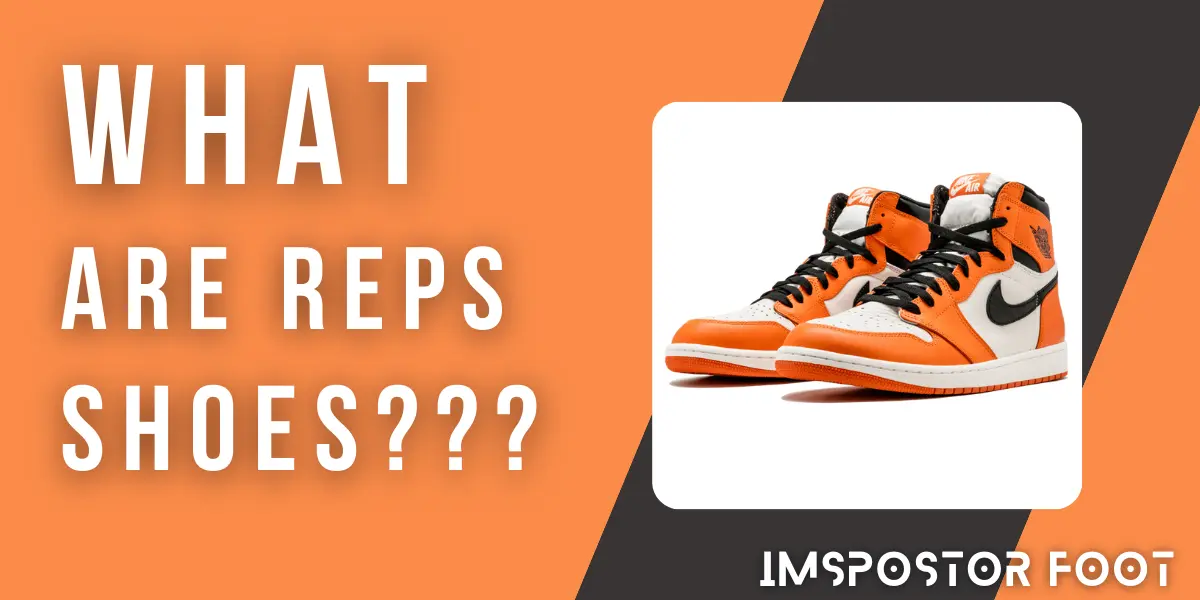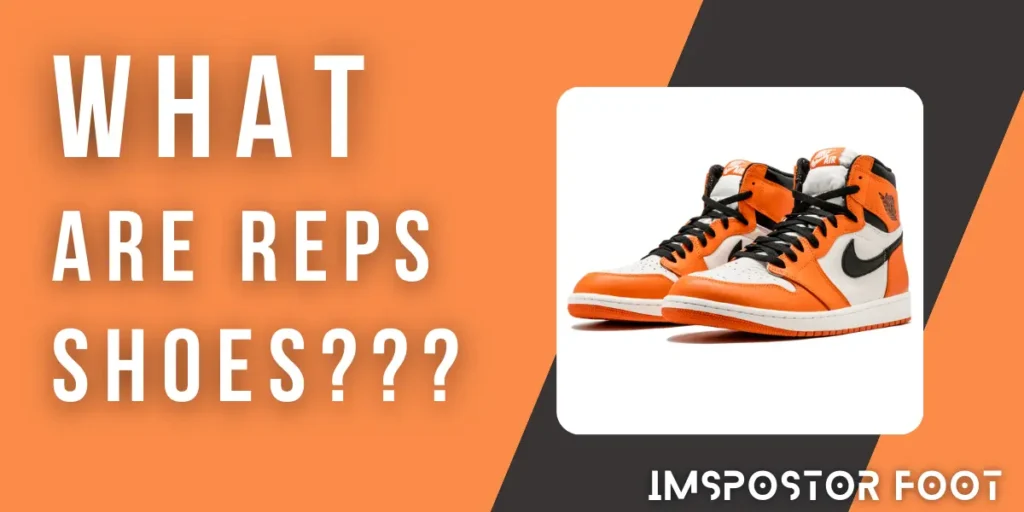
If you’ve been around the shoe community for a while, you might have heard folks talking about “reps shoes” or just “reps” for certain shoes. Ever wondered what they are and why people are so hyped about them?
Today’s article is all about them. By the end, you’ll know if they’re truly worth the hype. Let’s check them out!
Contents
What Rep Shoes Really Are?
Reps, in short, stand for replicas. They are imitation footwear designed to closely resemble original branded shoes. If you’d like, you can call them knockoff shoes.
Typically, these reps copy the look of popular shoes in a very affordable way; they are usually made of cheaper materials and sold at a much lower price than the originals.
Types of Reps Shoes
Now, before I go any further on reps, I have to tell you that there’s good quality and there’s also bad quality. Let me make everything clear for you:
- Fakes: “Low-quality replicas” or “fakes” are cheap copies with poor craftsmanship and materials. They might look fine from afar but tend to fall apart when closely checked or worn. These are usually very cheap.
- Replicas or Re-engraving Shoes: You can also call them high-quality replicas that step up their game, using better materials and construction methods. These are like copies of fancy shoes that try really hard to look just like the real deal. They aim to copy the style and design of the original brand, but they’re not the real thing—they’re more like imitations.
- 1:1 Re-engraving Shoes or AAA copy: These shoes take it a step further. The “1:1” means they claim to be an exact copy, copying every little detail of the real shoe—like a twin. Their differences are subtle and they still cost less than the authentic. Creating these shoes, especially the 1:1 replicas, is a tricky process. Brands keep their production methods under wraps, making it tough for others to copy.
Regardless of quality, dabbling in replicas is playing with legal fire, and that’s not a game you want to win.
Also Read: Why Are Shoes So Expensive Right Now?
Why Are Reps So Popular?
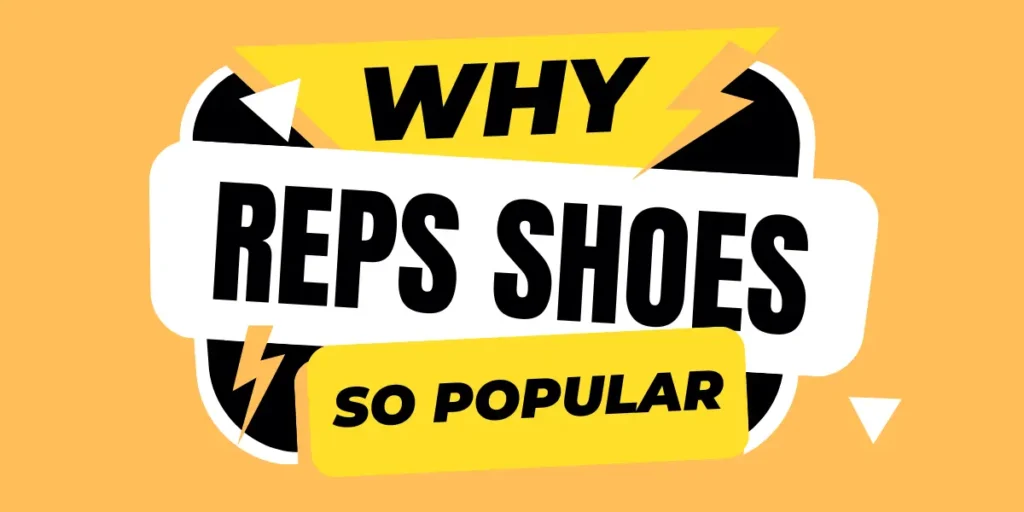
Reps Shoes are becoming extremely popular for a couple of clear reasons. Let me mention a few:
Affordability
The first reason is that it is really cheap. If a real sneaker comes at a $200 price tag, then reps Shoes will come maybe at half that price. They don’t ask you for any crazy extra charges.
Unlike big-name brands that jack up prices just for the logo, reps shoes keep it real and charge a fair amount for materials, crafting and a tiny profit to stay in business. It’s all about the product, not just the brand.
Quality Improvements
Up next is quality improvement and this is what attracts a lot of people.
Replica shoes now mimic the real deal flawlessly. They’re getting precise, making it hard to spot differences. But back in the 2010s, things weren’t like that. Reps Shoes were, let’s just say, not exactly perfect. They had that wonky stitching and off-color hues—they just didn’t cut it.
Fast forward to today, and replicas have undergone a serious improvement. I’ve come across some that are so convincing, I’ve had to do a double-take myself! Seriously, those small details? They’re surprisingly on point. Big hands for the copycats—they’re nailing it.
So, yeah! Quality improvement is a serious factor that is making people turn their backs on authenticity.
Availability
Last but not least is availability, which means getting your hands on reps these days is super, super simple. They’re everywhere – Instagram, Facebook, TikTok, and Reddit. You can find whole communities on these platforms ready to hook you up. Even with a quick Google search, in just 5 minutes, you can find any rep model you want.
So, in short, the shopping of such shoes has become easier and people, instead of finding authentics, are more likely to just grab one of these.
Also Check: Why Blundstone Shoes are So Expensive?
Do Rep Shoes Worth It?
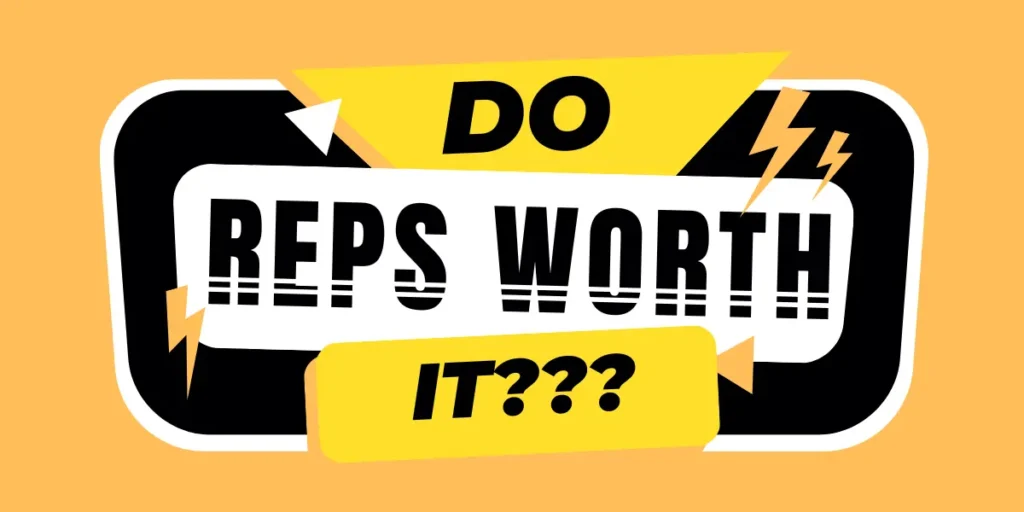
Honestly, buying fake shoes is a big no. Sure, they’re cheaper but they’re never better. I know they seem like a good deal and look stylish, but they’re not worth it.
The thing is, fake shoes usually aren’t as comfy or durable as the real deal. They might not last long and could mess with your feet. Plus, it’s not just about your comfort; buying fake shoes can land you in legal trouble (it’s against US customs) and it can also harm the original brand.
So, even if you’re just after short-term fashion, it’s better to steer clear and keep your money safe. Trust me, it’s not worth the risk! If you’ve been sucked into that culture for a while, it’s hard to pull yourself out.
Pro-tips: Save up some cash and go for the real ones, or check out some budget-friendly brands. It’s worth it in the long run!
Must Read: Why the Heck Are New Balance Shoes So Expensive? Arrgh!!!
How Do You Identify Reps Shoes?
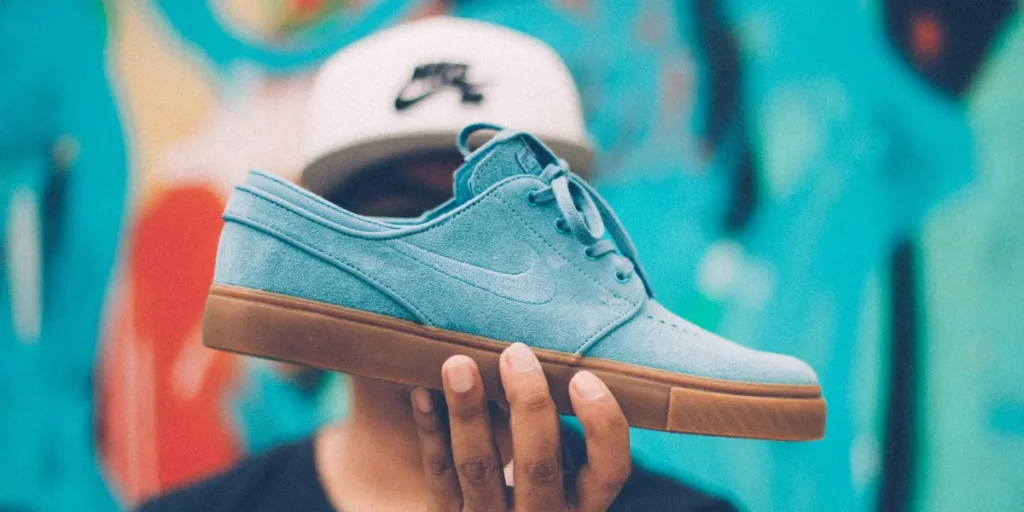
Talking about whether replicas are worth it might make you wonder if your shoes are real or not.
Back in the 2010s, it was simpler to spot fake shoes; just a quick glance at the color, logo, stitching, and overall design was all it took.
Fast forward to today; in this era of fast fashion, things have taken a wild turn. Checking for authenticity has become quite the task.
Now, there are various methods you can use, but let me share my ways:
Validating the Proof Purchase
When making sure something is real, asking for the original receipt is a smart move. All you need to do is check the serials and match them with the box. But be careful, because receipts can be copied. Having a receipt is good, but it doesn’t guarantee the item is real.
So, don’t just trust the receipt; be sure to go through other of my tips as well.
Check the Box
To know if shoes are real, check the box. Look at the box’s quality. Look at the sides, the top and the back of the box. Be sure to check the logo, barcodes, stickers, and even the paper inside. Replicas will try to copy all of that, but the details might not match up perfectly.
Checking the Constructions
There will always be differences in the construction of replica shoes and authentic ones. To check the difference, try looking at some of these:
It’s wild how good fakes can be, so you need to pay attention. Starting with the color, look at it and check if it is exactly like what was told. When you’re eyeing shoes, consider where materials are placed. Feel for sturdiness. Ensure the overall feel is solid. Pay attention to small details, like the brand sign. Next, check the footbeds. Check specifics, like the sign’s height, cut, and stitching—it should be spot-on.
Smelling the Shoe
Now, this might sound a bit quirky, but trust me, it’s a quick trick to verify authenticity.
Give the shoe a sniff from the inside—just stick your nose in there. If it hits you with a strong, glue-like pungent smell, you’ve got a fake on your hands. But if it smells regular—not like a factory or anything, just your typical scent—then it’s the real one.
Sometimes, a sniff can reveal more than meets the eye!
Putting Some Black Light
This test is pretty popular on YouTube, and you can do it too. All you need is a black light, which you can get from Amazon or maybe Walmart. It’s a helpful way to double-check if your product is real so be sure to check this:
Once you have the black light, shine it on legit shoes, and you’ll see simple white lines. But if the shoes are fake, you might notice strange marks like green and red. Check the lines near the toe box and wings; if you see any marks, the shoes might be fake.
Conclusion
Replica or “reps,” shoes are considered an alternative because top brands charge excessively.
When faced with the choice of spending a grand on a branded pair of shoes or just a fraction of the cost on an imitation that looks identical, the latter becomes a worthwhile and acceptable option.
Brands need to recognize this and should work on it. I’m not urging you to buy replicas; make your own choice. I’m telling you the trends.
In my opinion, while replicas may offer a quick fix for expensive shoes, the damage they do to society and culture is lasting. So, better to live without them. That’s all for today. Let me know how you feel about reps shoes. Cool with it or not?

